The boxwood plant (Buxus) is represented by slow-growing shrubs and trees, which are directly related to the boxwood family. In the wild, you can meet about 100 species of such plants. Boxwoods are found in the Mediterranean, East Asia, and the West Indies. In ancient Greece, such a plant was called "buxus", and this word was borrowed from an unknown language. In the wild, there are only three large areas of boxwood, namely: Central American, African, Euro-Asian. Boxwood has been cultivated for a long time and is even considered one of the oldest ornamental plants. They grow it both in the garden and at home. In areas with a warm mild climate, it is grown both as curbs and hedges, and they decorate gardens or lawns with it, while effectively forming bushes. Such a plant grown in an apartment is an ideal option for bonsai. The fact is that it feels great in a compact pot, shrubs well, has small leaf plates, and also responds well to pruning.
Content
Features of boxwood
The leaves of this plant are oppositely located, leathery, whole-edged have an almost round or elliptical shape. Fragrant, small, unisexual flowers are part of small inflorescences. The fruit of the box tree is a three-nested box, which, after ripening, cracks, and the shiny black seeds fly in different directions. Such a plant is a melliferous plant, but you need to be very careful, since boxwood honey cannot be used for food, because any part of the boxwood contains poison. Landscape designers appreciate this plant for its spectacular crown, glossy leaf plates, and the fact that it tolerates pruning very well. And gardeners appreciated the undemanding care of this plant, as well as its shade-loving nature.
Planting boxwood in open ground
What time to plant
Experienced gardeners have this rule to plant plants that bloom in autumn in the spring, and vice versa. Following him, it is recommended to plant boxwood in autumn and this must be done from the second half of September to early October, since it will take about 4 weeks for it to root, after which it will be able to winter perfectly. However, there are also such gardeners who quite successfully plant boxwood in the garden both in the spring and in the summer. For planting boxwood, it is recommended to choose a semi-shaded or shaded place, while the suitable soil should be clayey, moist, pass water well, and must also contain lime. From the direct rays of the sun, the leaf plates of such a plant are quickly injured.
How to plant
In the event that the seedling is in a container, then it must be well watered about 24 hours before planting in open soil. This allows you to easily remove the root system and clod from the container. But it is best to carefully pull out the seedling, remove the soil from its roots and place them in water for 1 day, and this should be done immediately before planting.
The depth and width of the hole for a given plant should be approximately 3 times the size of the root system along with a lump of earth. A layer of perlite for drainage should be placed on the bottom of the prepared pit, which should not be very thick (2-3 centimeters). The soil that was taken out of the hole should be combined with perlite in a 1: 1 ratio. In the plant, you need to straighten the roots and then place it in the hole. After that, they begin to gradually fill it with a substrate (soil mixed with perlite), while it should not be allowed to leave voids. When the hole is filled, the soil needs to be tamped slightly, after which the boxwood must be watered. A seedling whose height is between 15 and 20 centimeters will need about 3 liters of liquid, while it is recommended to use well-settled rainwater. After the plant is watered, the soil should settle, when this happens, more soil should be poured into the hole, but this time it does not need to be tamped. Make sure that the stem of the seedling is located in the hole after planting strictly vertically. It is necessary to make an earthen rampart in a circle, stepping back 20-30 centimeters from the stem, so that the liquid does not spread during watering. The surface of the trunk circle should be sprinkled with a one- or two-centimeter layer of perlite.
Features of garden care
How to grow boxwood
It is very easy to grow boxwood, especially if you are familiar with the basic rules of its cultivation. If, after the plant is planted, it does not rain for a week, then it needs to be watered. When watering, it should be borne in mind that 10 liters of water should go to a bush of a meter height. Water must be poured carefully at the root to the surface, it must be taken into account that if there is a dry period outside or dry and rather hot winds blow, then it is not necessary to increase the frequency of irrigation, but more water should be poured. When watering is done, it is imperative to loosen the soil surface and carry out weeding at the same time. In the first days of May, after the soil warms up well, you need to sprinkle its surface with a layer of mulch (peat), the thickness of which varies from 5 to 8 centimeters. It should be borne in mind that peat should not touch young shoots or the trunk of the plant.
Boxwood must be systematically fed. The first feeding should be done only 4 weeks after the seedling is planted. But this is only if the planting was carried out in spring, since fertilizers can be applied to the soil only after the seedling has completely rooted. During intensive growth, the plant needs organic or complex mineral fertilizer, and in the autumn, during digging, potash or phosphorus fertilizers are applied to the soil, because boxwood does not need nitrogen at this time.
Transfer
It is recommended to transplant such a plant in the spring. The fact is that over the summer and autumn, it will have time to take root well and safely endure wintering. The transplant of adult specimens must be carried out together with an earthen clod. The transplanting rules are identical to those used when planting a seedling in open ground. If you follow these rules, the plant will quickly and easily take root in a new place.
Pruning
Pruning should be done in April or the first days of May. Often, boxwood bushes are shaped into a cone, cube or ball during a haircut. You can also cultivate boxwood as a standard tree. To do this, it is necessary to cut out all the stems at the very root, except for the strongest. Those young stems that grow at the top of the central stem stem are cut, giving them, as a rule, the shape of a ball. It should be remembered that once you have formed a bush, you will only need to correct its shape from time to time, and this is because boxwood is a slow-growing plant. At the same time, as a rule, only the growing young stems need to be cut, and the old ones may need to be adjusted only if the shape of the bush is completely lost. Pruning does not do any harm to the bush, and the more often you trim, the thicker it will become. Experts advise to trim boxwood regularly once a month. But it should be borne in mind that the more frequent the pruning, the more often you need to water and fertilize. The fact is that the bush needs to restore its strength, replenish those nutrients that were lost along with the cut leaf plates.
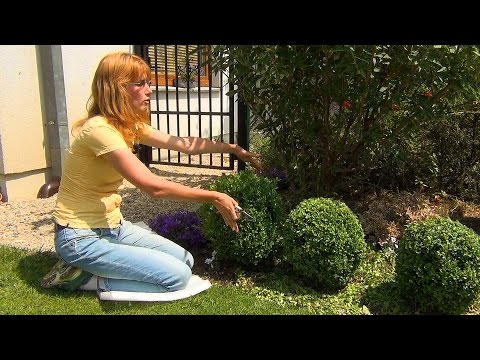

Watch this video on YouTube
Diseases and pests
The most dangerous pest for this plant is boxwood gall midge. In the first days of summer, she lays her eggs in those young leaf plates that are at the tops of the stems. The emerging larvae eat into the leaf tissue and remain there for the winter. And already in May, adults appear from the formed pupae. In the event that there are a lot of these pests on the plant, then it begins to dry out and die off. You can get rid of this harmful insect with the help of Karbofos, Tagore, Aktar, Fufanon. After 1.5 weeks after processing, inspect the boxwood, if there are no special improvements, then process it a second time. These insecticidal products will help get rid of the felt. They can be recognized about infection by swelling on the leaf plates, and also the shoots begin to fade. They will also help get rid of spider mites, which may appear during a prolonged drought.
This plant can become infected with shoot necrosis, while specks appear on the leaf plates, and the tops of the branches begin to die off. In order to get rid of such a disease, fungicidal agents will be needed, and, as a rule, several treatments are carried out intermittently. The most dangerous for this plant is cancer. In an infected bush, it is necessary to cut off the affected parts, while it is imperative to capture still healthy wood. After that, the sections should be treated with Fundazol.
In Moscow and Moscow region
To plant boxwood in Moscow and the Moscow region, as well as to care for it, should be exactly the same as in other areas with a temperate climate. But it should be borne in mind that if the winter period is rather frosty, then the plant must be prepared for wintering.
Reproduction of boxwood


Watch this video on YouTube
Typically, such a plant is propagated vegetatively, but in some cases, boxwood is grown from seeds. However, during seed propagation, it should be borne in mind that the seeds lose their germination after a relatively short time. However, if you have a desire to grow such a shrub from seed, then you should study the instructions below.
Seed propagation
Freshly harvested ripe seeds must be immersed in lukewarm water for 24 hours, in which a growth-stimulating agent (Zircon or Epin) must be dissolved. After that, you need to moisten 2 towels so that they are not wet, and put the seeds between them, for this you can also use napkins. Then you need to wait until the seeds hatch, and whitish sprouts appear, as a rule, this happens after 4 weeks. During the waiting time, you should regularly check the condition of the seeds and keep the towels moist. In the event that after 14–20 days there are still no sprouts, then the tissue with the seeds must be placed in the refrigerator on a shelf for storing vegetables for several days. Then they must be pulled out and put back in a warm place.
When the seeds hatch, you can start sowing. The container must be filled with peat mixed with sand (1: 1). The sprouts must be directed to the substrate. After the seeds are sown, cover the container on top with foil or glass. The container is removed to a semi-shaded, warm place and then shoots are waiting. You should see the first seedlings after 14–20 days. After you see the first shoots, the shelter should be removed, and the container itself should not be removed from partial shade. Seedlings need to be watered regularly, as well as fed with fertilizers of a weak concentration. After the plants grow up and get stronger, they can be planted in open soil, but at the same time it is worth waiting until the threat of frost has passed.
Reproduction of boxwood by cuttings
Propagation by cuttings of boxwood in the spring is the method that is most popular with gardeners. For cuttings, strong young stems are used, which did not have time to lignify at all, and their length should be from 10 to 15 centimeters. The cut is made obliquely and from the bottom 1/3 of the cutting, all leaf plates must be cut off. Then the cuttings should be immersed in a solution of an agent that stimulates root growth for 24 hours. After that, the cuttings must be rinsed. Then they are planted in open soil. The optimal composition of the soil mixture for boxwood: leafy earth, rotted humus or compost, sand (1: 1: 1). You can use a soil mixture and a different composition for planting, but it must be saturated with nutrients and light. The stalk must be deepened into the soil mixture up to the most leafy plates. After that, each stalk is covered with a 5 liter plastic bottle, from which the bottom must first be removed. Watering the cutting is done as follows: the cap is removed from the neck of the bottle and the plant is sprayed with water from a spray bottle. The boxwood should be ventilated every day in the same way, removing the lid. After 4 weeks, the plant begins to form roots. And after 8 weeks, he already has a fully formed root system, and at this very time it will be possible to remove the shelter (bottle). For the first wintering, the cuttings must be covered with spruce branches, otherwise they will freeze out.
If you decide to propagate this plant by cuttings, then you should remember that in this case the cuttings are planted in pots. The fact is that they will not have time to properly take root and even if it is covered for the winter, it will still die. Store the cuttings in a room where the temperature is approximately 10 degrees. In spring, they are planted in open ground.
Reproduction by layering
This breeding method is also highly effective and time-tested. In spring, several stems of the bush need to be bent to the surface of the soil and dig in. During the summer period, they need to be watered and fed. When their roots form and the layers begin to grow, they can be separated from the parent bush and planted in a new place.
Boxwood in winter
Autumn care
The most difficult time for boxwood is winter. The fact is that this plant is not highly frost-resistant.And also the dormant root system cannot provide the stems and leaf plates of the shrub, which awaken to life as soon as the sun's rays hit them. From lack of water and nutrients, they begin to dry out. In this regard, for planting such a plant, you should choose a shady place, and it is equally important to properly prepare the shrub for wintering.
Before the frosts come (in November), it is necessary to carry out abundant sub-winter water-charging irrigation, thanks to which the boxwood can be saturated with moisture, which will be enough for it for the whole winter. Then the trunk circle is sprinkled with a layer of mulch (peat or rotted needles). Dried foliage should not be used as mulch. The fact is that if the winter period is damp, then the leaves may well begin to rot, and as a result of this, a fungal disease will develop in the shrub.
Preparation for wintering
After it gets colder outside minus 10 degrees, you need to cover the boxwood. Before proceeding with the direct shelter of the plant, the standard forms must be prepared by tying them to the support. This will save a rather fragile stem from heavy snowfall. Then it is necessary to wrap the stem entirely with nonwoven material. Or, if you wish, you can use spruce branches by tying a stem with it. If the stem is an adult, then it can only be whitened, and the crown must be tied with a cloth. If boxwood is grown as a curb or hedge, then it must also be completely covered for the winter. For this, burlap or non-woven material is used, which is folded into 2-3 layers. To fix the edges of the material, they are simply sprinkled with soil. Before covering the bushes, they must be tied, as a large amount of wet heavy snow can damage the branches. Cuttings that have taken root, as well as young bushes, must be tied with spruce branches, while the trunk circles must be sprinkled with a layer of mulch (needles of coniferous trees or peat). It is necessary to remove the covering material immediately after the onset of the spring period, since being warm, the bush begins to rot. It is necessary to remove the shelter on a cloudy day, and at the same time, 1 layer of lutrasil, burlap or spunbond, as well as a small amount of spruce branches, should be left on the bush. This is necessary in order to shade the shrub. Boxwood should be taught to the bright sunny spring rays gradually.
Main types and varieties
Not a very large number of species of this plant are cultivated, but there are quite spectacular garden forms of boxwood.
Boxwood evergreen (Buxus sempervirens)
In the wild, it is found in the Caucasus and the Mediterranean. Most often grows in undergrowth of mixed and deciduous forests, while it can also be found in highly shaded places. Such a tree can reach 15 meters in height, there are also shrub forms. Green, straight, tetrahedral stems are densely leafy. Opposite leaf plates are glossy, glabrous and practically without petioles. Their front side is painted in a dark green color, and the back side - in a matte pale green, even slightly yellowish. Elongated elliptical leaflets can reach 1.5-3 centimeters in length. Small unisexual light green flowers are part of small capitate inflorescences. The fruit is a small spherical box with valves. They open only after the seeds are ripe. Any part of this plant contains poison. Popular varieties:
- Suffruticosis - such an evergreen shrub is characterized by slow growth. Vertical shoots reach a height of 100 centimeters. Ovate or obovate leaf plates, oppositely located, reach 20 millimeters in length. The flowers are small. Used for curbs and hedges.
- Blauer Heinz - this short shrub also grows relatively slowly.The stems are more rigid than the previous species, there are leathery greenish-blue leaf plates. This variety has appeared recently and is used for carpet ornaments, the height of which is no more than 0.2 meters. It differs from the previous variety in greater frost resistance and compactness.
- Elegans - such a dense shrub has a spherical crown. Straight stems with dense leaves in height can reach 100 centimeters. Variegated oblong leaf plates have a whitish border. Drought tolerant.
Small-leaved boxwood (Buxus microphylla)
Has greater frost resistance in comparison with the previous species. Such a Japanese or Korean relative of box trees can endure frost to minus 30 degrees without shelter. However, in the spring, he needs shelter from the sun's rays. Popular varieties:
- Winter Jam - is characterized by high frost resistance and fast growth. Has a dense crown. Used to create small topiary forms. Pruning does not harm him. It has a height of about 150 centimeters.
- Faulkner - the shrub is compact and grows rather slowly. Has a height of up to 150 centimeters. As a rule, the bushes are cut off giving it a spherical shape, which is due to the growth of its crown.
Boxwood Colchis, or Caucasian (Buxus colchica)
A relic of the Tertiary period with slow growth. It is the most frost-hardy of all European species and has small leaves. This species can live up to 600 years, while its height reaches 15–20 meters. At the base, the trunk has a thirty-centimeter diameter.
Balearic boxwood (Buxus balearica)
It is considered the most western species of these plants. His homeland is southern Spain, the Balearic Islands, Portugal and the Atlas Mountains in northern Morocco. In the Euro-Asian area, this species has the largest leaf plates. So, the width of its leaves is about 3 centimeters, and the length is ―4 centimeters. Fast growing and very effective. It is thermophilic and not winter-hardy.
Other species suitable for cultivation in mid-latitudes exist, but they are very low in popularity.


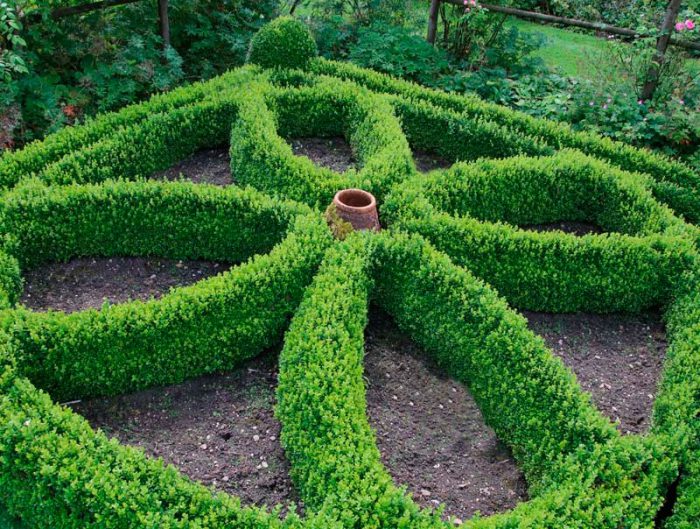
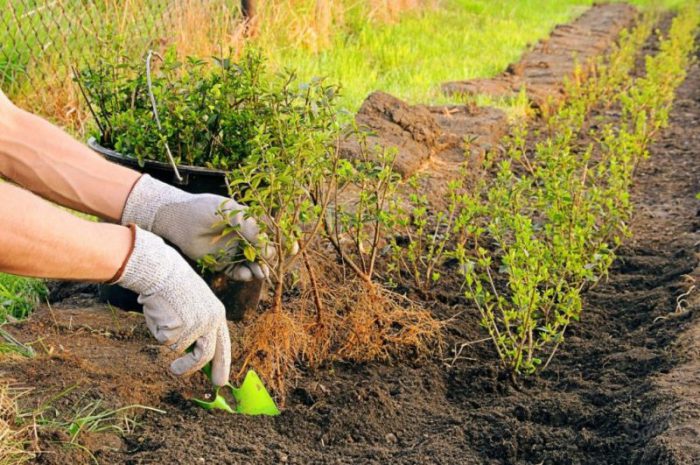

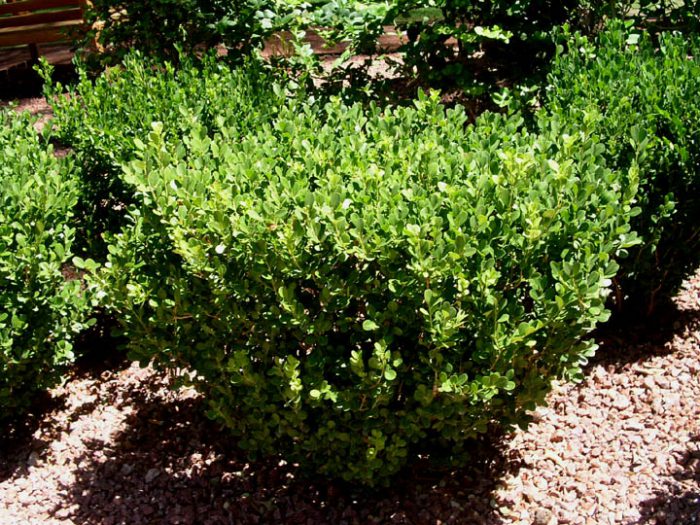

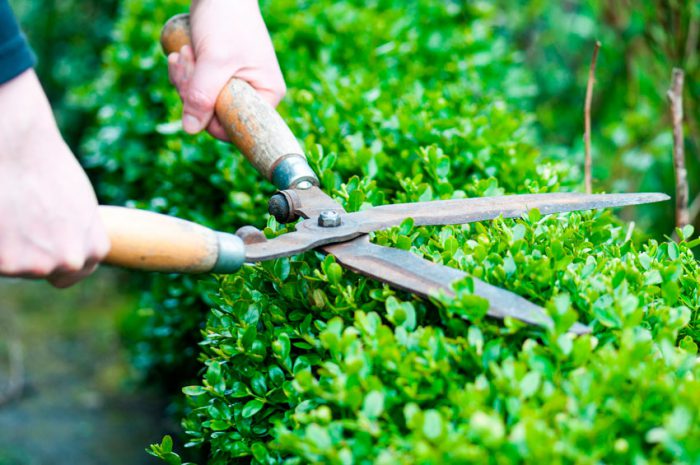
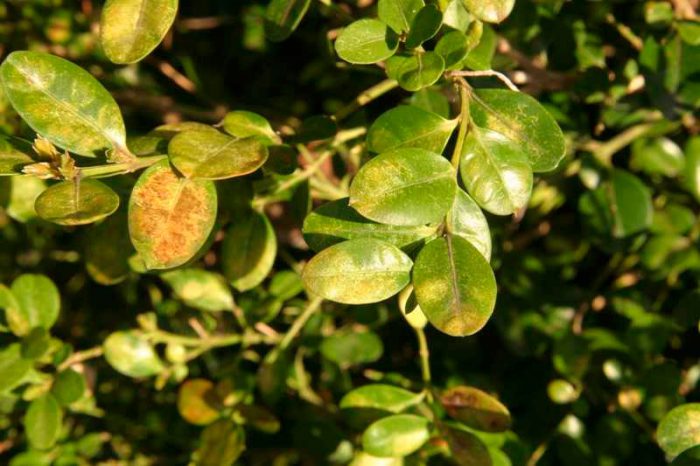






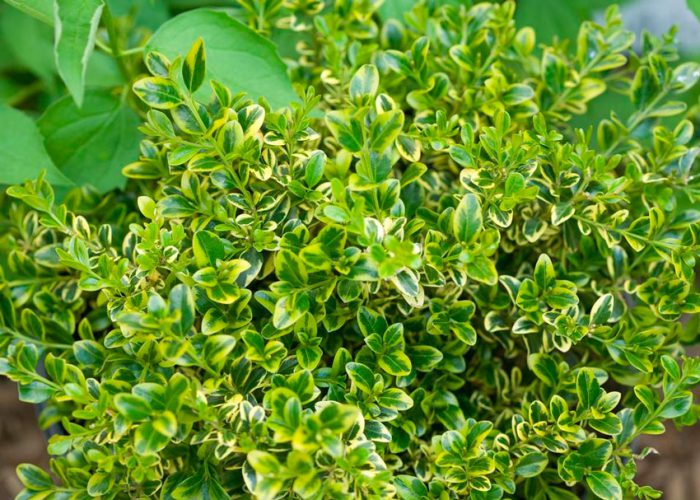
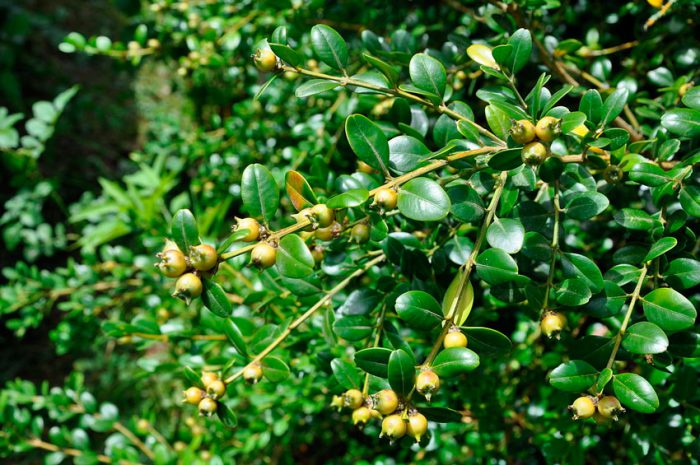
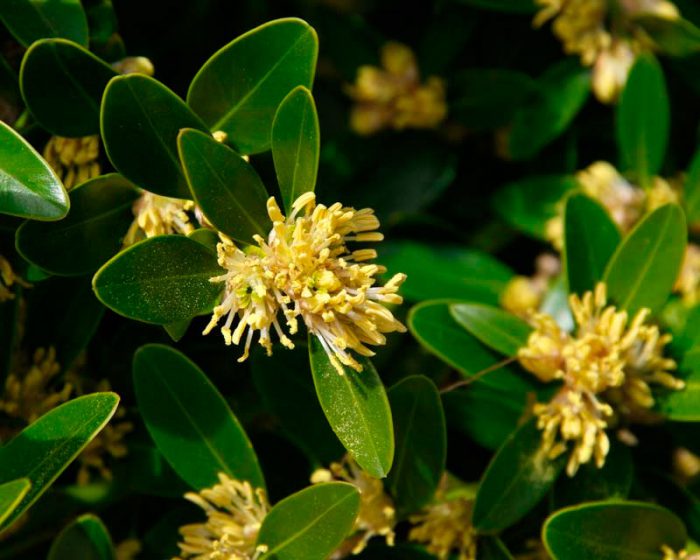








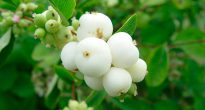

Boxwood is a beautiful and demanding shrub. Direct sunlight can be very damaging to its leaves. And the pests simply destroy the plant if you miss their colonization. Few gall midges, even more dangerous mealybug. Just attack! I have ruined 2 bushes. Of course, they were restored, but it is both insulting and pitiful. It is necessary to constantly inspect the boxwood thickets.
But the fact that whole boxwood groves have been destroyed in Sochi is a disaster. And the people were silent. The road was being built ... They were buried in the ground. So restore, road workers! Our land ...